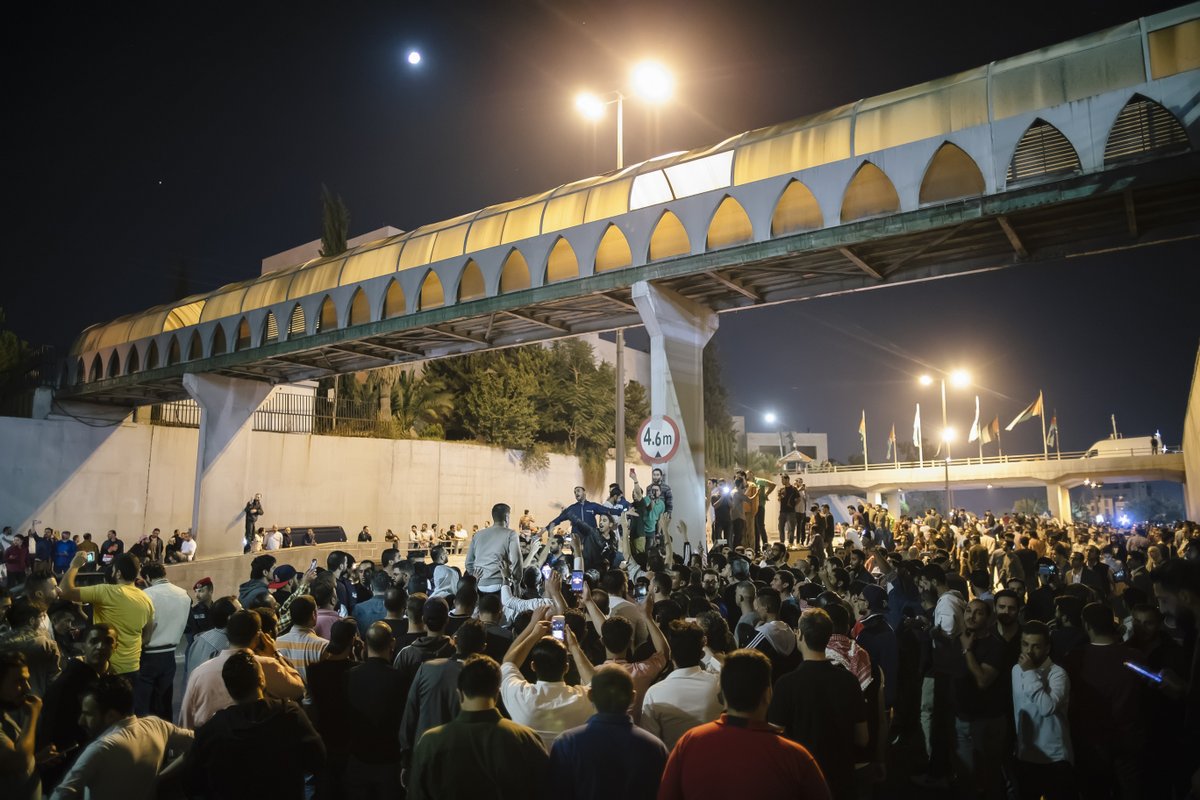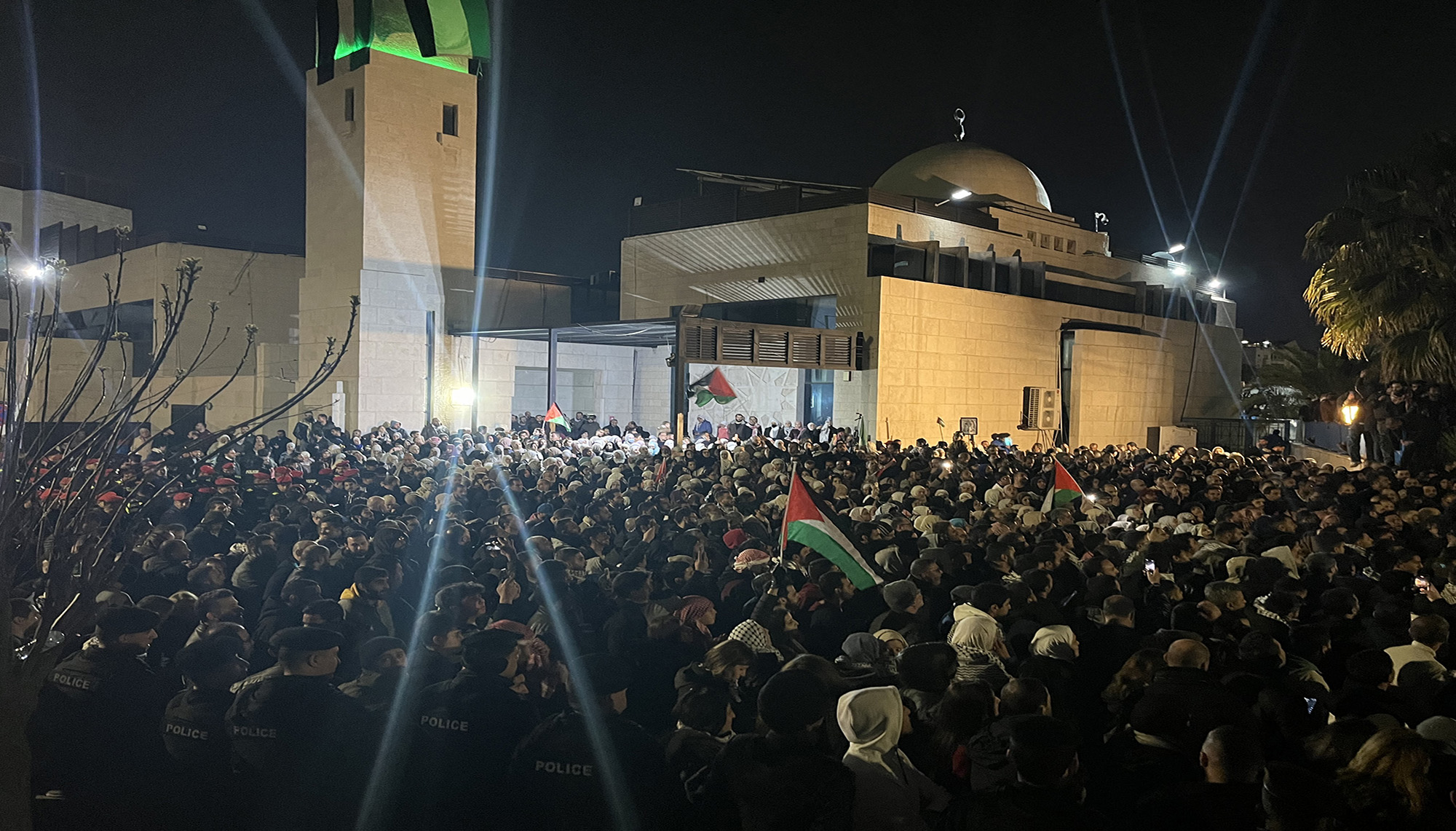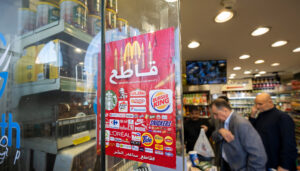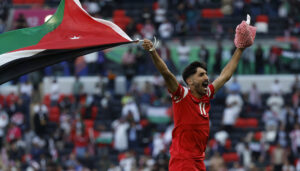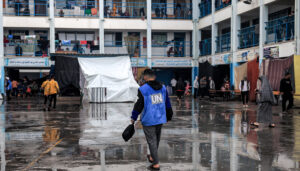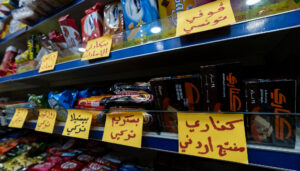By Doa Ali and Shaker Jarrar, Translated by Siwar Masannat
Thursday’s decision to raise fuel and electricity prices was a slap to the face for the demands of the strike the professional associations called for in protest to the amendments to the income tax law bill and the civil service bylaw. Soon, this took a turn to the farcical as a royal ‘directive’ withdrew the decision to hike up prices, a phrase we hear every time the street brings down a governmental decision. The feebleness of this withdrawal became further clear with the demonstrations that emerged from tens of places across the country on Friday [and Saturday]. What is happening on the streets took on a significance that went far beyond the increase in prices and the income tax law bill, whether elites follow this development or not.
The decision to increase prices and what followed it provoked the astonishment of many, raising the question as to whether the government was indeed this stupid as to take what is happening on the street so lightly. However, this decision constitutes an important entry into understanding the regime’s handling of the two demands: the withdrawal of the income tax law bill and the retreat from the decision to raise prices. The regime saw in these two demands two separate issues brought forth by two separate constituents: the middle classes, represented by the professional associations, in the case of the first demand, and the poor classes in the case of the second demand. This separation is one of the most significant aspects that must be analyzed and deconstructed at the moment, starting from the strike and towards the popular uprising we are witnessing today.
The Middle Class’s Strike?
Generally, the strike reflected the demands of the middle class as raised by the professional associations. This materialized in its primary objective, which is to withdraw the amendment to the income tax law and that does not directly affect the poor. However, the strike was quickly transformed into a platform from which several demands were raised by those not directly affected by the amendment, since they are below threshold of the income brackets affected by the law. So even though they are not affected by the amendment, poor people participated in the strike because what they have suffered over the past years, from increases to fuel and electricity prices and sales taxes, is part of the same policy bringing forth this tax amendment. Anyone following people’s reactions to the strike will observe a repetitive insistence that the issue “goes beyond the tax” and that the protest targets the “impoverishment” approach that is taking this particular, but not singular, form today. Perhaps this arose despite that many people, in theory, had the option of saying “this is not our war”, for it is indeed a war between the government and the International Monetary Fund, on one side, and capitalists, on the other. Further, the poor do not trust that the taxes the government will collect from the middle classes, or even the rich, will bring forth any tangible benefit through services in health, education, or other sectors. Therefore, the succession of strikes wielded by the government against this class have made it eager to seize any opportunity to reintroduce its demands to the street, even if in the context of a wider movement.
On the other hand, those who participated in the strike and are directly affected by the amendment to the tax law are by no means a singular class. There are those who are affected through their inclusion by the tax law with the next amendment, and those are from the lower middle classes, and probably the largest segment of those affected. During past years, they have faced economic decisions that also disenfranchised them, for they were not immune to price increases and the decreasing chances of class mobility. But there are also upper middle-class and medium and large capital holders who defend their private “acquisitions” by refusing the tax that now affects them more than it previously did. Several parties dealt with the presence of these latter segments in various ways. The government tried to exploit their presence to legitimize the tax by saying that it achieves “social justice” and serves the “principle of progressive tax.” Alternatively, a part of the poor classes and some political forces reacted to these segments with distrust, based on their presence as representatives of interests that do not intersect with the poor class’s interests, and as a class that has participated in further impoverishing the poor.
This plurality in the strike’s participating segments must remain clear so that we do not delude ourselves into believing that everyone shares the same interests or objectives. But it is also important not to imagine that what is happening is a mere mobilization of pawns in a game of settling accounts between the government and businessmen. In addition to how such rhetoric strips people of any political agency and represents them as mere followers of employers’ decisions, it is inaccurate when we examine the disparities between the protesting segments in detail. For instance, there are significant differences between the strikers from the public sector and the private sector. In the first segment, it is impossible to talk of any incitement or facilitation on the part of managers, for some have faced threats of penalties in case they participate, as in the cases of the Jordan Radio and Television Corporation and the Jordan Institution for Standards and Metrology.
In the medical sector, for instance, private hospitals announced that they would not “refrain from treating patients,” which meant that they would not participate in the strike, “regardless” of their position towards the income tax law bill and despite the participation of a number of physicians from the private-sector. Banks, in another example, did not announce either support for or a boycott of the strike, but offered “proposals to increase income tax revenues without the need to increase tax rates on sectors and income brackets” and simply encouraged its small employees to participate in the strike. Thus, banks withheld any clear presence and participation in the strike. It was also noticeable that the clothing and electronics sales sector was heavily involved in the strike. These are often small or medium capital owners, who are directly affected by the decrease in poor and lower middle class people’s purchasing power.
Therefore, it appears unreasonable to consider the interests and demands of doctors at the Khalidi Hospital to be equivalent, for example, to the workers at the Thiban Health Center. Nor is it reasonable to merge these interests and demands within a framework that posits the issue in terms of major stakeholders clinging to what they believe is their rights and merely directing or pushing employees from above. In other words, it is no longer sufficient to speak of a “middle class” in which employees who are barely supporting their families and have not seen any tangible improvements to their wages are equivalent to managers who put tens of these employees to work and dispense of and replace employees at any moment. For these segments are not only distinct, but they may have contradictory interests even if their current interests happened to intersect in the issue of the income tax bill. In this context, it would be more accurate to observe the strike as a platform in which several segments of several classes expressed different demands that momentarily intersected. And while these demands included a withdrawal of the tax bill, they also extended to include what poor workers had been protesting for years regarding an economic approach that progressively abandons any protective social role by the state.
Alliances from Below, Not from Above
Amid of all these complications, the decision to increase fuel prices, which lasted less than 24 hours, led people to take to the street. The demonstrations of the past two days have been an expression of dismantling, though partial it may be, the segregation between the middle class, with its strike, and the poor class, with its protests against price hikes. People harnessed the momentum of Wednesday’s strike to mobilize for the demonstrations of Thursday, Friday [and Saturday], channeling discontent into a clearer expression against the singular economic approach that affects the lives and interests of both classes.
Several political factors facilitated this intersection of interests, including the recent Aqaba silo accident which remains palpable as an example of the extent of disregard for the lives of poor workers. In addition, there are the provocative statements of the Jordanian Government’s Spokesman, Mohammad al-Momani, who claimed that “49% of the negative comments against Jordan originated from Syria,” and those of the Minister of Finance, Omar Malhas, who confirmed one day after the strike that the government will adhere to the law bill and will not withdraw it from the House of Representatives. Further, there was the continuous pattern of condescension in Mulqi’s performance, who, from the very beginning, eschewed any direct dialogue with people and belittled any popular movement by painting it as mere noise to which rational decision makers need not pay any attention.
That said, the continuity of this intersection is conditional on what the professional associations, and the middle classes whom they represent, do in the next few days. The declarations that emerged from the Professional Associations Council on Friday point to a path in which the associations cling to the issue of the income tax bill without any attempt to catch up with the street’s demands, which have reached a more extensive scope that tackles the economic approach as a whole. This became further clear with the feeble declaration the Council released on Saturday morning, in which it alleged that “the government’s decision to increase fuel prices is the primary reason inciting the protests of the citizens and is not related to Wednesday’s strike or any upcoming measures that have been announced earlier.” This declaration does not only constitute a clear disengagement from the street’s demands, but also reneges on the rhetoric the Council had recently adopted and which was focused on opposition to the economic approach rather than the tax law bill alone. This clearly happened after the council has received ‘guarantees’ that confirm its demands will be met.
Even if the professional associations did not aspire to reach this degree of escalation when they called for a strike, they have responsibility today towards this movement. They opened channels of protest and formed a safe umbrella that motivated people to participate, especially considering how chances for political organization have shrunk [in the past two decades]. This is why some voices rose up praising the professional associations for ‘reclaiming’ the role they had played during the period of martial law. The [widespread participation in] the strike further motivated people to raise their voices even more, which rendered the impact of the decision to hike up prices more vexing than many previous similar decisions. Thus, any withdrawal of the political cover the professional associations have provided for this movement would constitute a real blow to it.
The responsibility of the professional associations to the lower middle classes that mobilized with them lies in linking these interests to the interests of workers and the poor rather than to the interests of business owners. This would be reflected in the extent to which the professional associations would hold on to a broader discourse that tackles the root problems within economic liberalization policies that have exhausted the poor before the middle classes, in lieu of a rhetoric merely focusing on the issue of the income tax bill as the point of intersection between the interests of the lower middle class, the upper middle class, and capitalists. Such an alliance from above would only lead to granting the regime more time to reorganize its affairs and resume enacting the same policies, even if through different ways. The result would be an almost certain crushing of additional social segments sooner or later.
Since Jordan’s agreement with the International Monetary Fund for the Social Economic Transformation program in 2001, which opened the door for privatization under the auspices of ‘restructuring’ all the way to the state’s gradual abandonment of social welfare represented by bread and fuel subsidies, the poor were the ones directly targeted. As Jordan kept diving into a spiral of internal and external debt whose interest fees kept accumulating, the poor were completely depleted and nothing was left of theirs to take. This is when Jordan set its eyes on the middle class. Examining the IMF’s ‘advice’ to Jordan, which came in direct collaboration with the USAID in what is called a joint assessment of the points of weakness in tax administration, clearly reflects that what we are heading towards is further slashing of tax exemptions and government subsidies in various forms. For the IMF ‘suggested’ including the 6000 JD per individual and 12,000 JD per family income brackets into the income tax in a report issued in the summer of 2017. The IMF also scolded the government for delaying the implementation of these tax ‘reforms’. Although the government has introduced the 8,000 JD per individual and 16,000 JD per family to the income tax bill, it would not be surprising that the passage of this law would lead to a new amendment in order to fully satisfy the IMF in a few years. Of course, going down this dark road brings no qualms to the minds of those singing the praises of the IMF and its ‘reforms.’ They would not be able to admit the failure of these policies and their social danger even if this approach “stripped the citizen naked,” as a member of the House of Representatives unwittingly said.
Some parts of the middle class profited from this economic approach, which is now coming for them. It improved their lifestyle through the loans they took in order to maintain their consumption rates at a time when the government halted the loans and aid it used to offer small farmers and industries. In addition to those parts of the middle class, there are larger segments that were not directly affected by this economic approach. But what is clear today is that the middle class, and its lower segments in particular, have no choice but to follow the poor class that preceded them in rejecting this approach, and to form a social bloc that organizes itself to protect its interests and set itself apart from capital holders. As far as the income tax law is concerned, this could be reflecting in calling for increasing the taxation rate on the fifth (and highest) income bracket of taxpayers, or the creation of income tax brackets with higher rates of taxation that go beyond 25% to 35% or 40%.
It is no longer possible to abandon the poor and the workers who stood—sometimes alone—in the face of the IMF’s policies of privatization and the sale of state resources in the uprisings of April 1989, May 2011, and October 2012. At those times, the regime and business owners largely singled out workers’ movements, from day-wage workers to workers in piers, phosphates, potash, electricity, and others. These movements have been hit and were marginalized. Today, for the middle classes and their elites—the professional associations in particular—there is no alternative to gathering around the demands of the poor and defending themselves by defending the poor. Self-isolation and defending narrow interests with speeches about a legitimate ‘leadership’ for a movement that is only a few days old—a leadership represented by professional associations—is by itself abortive to the movement and a real failure in catching up with the street.
